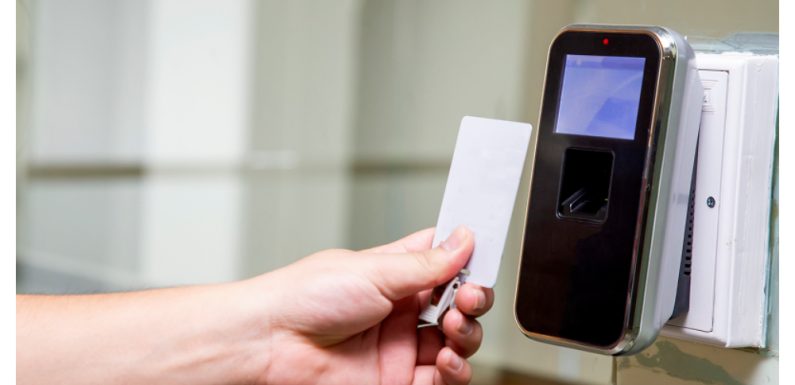
Walk into any school today, and you’ll notice that ID cards are everywhere. They’re clipped onto uniforms, hanging from lanyards, or tucked neatly into wallets. While they may seem like a small detail, ID systems actually play a big part in how schools run smoothly and safely. From attendance to after-school activities, these systems keep things organised. Even something as simple as lanyard printing makes it easier for students and staff to carry their IDs without fuss.
Keeping Schools Safe
Safety has always been a top concern for parents, teachers, and school leaders. With ID systems in place, it’s much easier to tell who belongs on campus and who doesn’t. In larger schools, where there are hundreds or even thousands of students, it can be hard to keep track of everyone. An ID system helps security staff quickly spot outsiders and prevent unauthorised access. Some schools even go a step further, linking ID cards to electronic doors for classrooms or labs, adding that extra layer of protection.
Making Daily Routines Easier
For teachers and administrators, ID systems help cut down on time spent doing repetitive tasks. Instead of marking attendance manually, IDs can be scanned, and records are updated instantly. This not only saves time but also reduces the chances of errors. The same goes for libraries, computer labs, and canteens; ID cards make it clear who has access and who doesn’t. It’s a simple change that makes day-to-day routines smoother for everyone.
Building a Sense of Community
An ID card is more than just a piece of plastic. It’s a sign of belonging. When students receive their first card, they often feel like they’ve officially become part of the school community. Schools sometimes personalise these cards with colours, logos, and designs that reflect their identity. Pairing the cards with a name tag can make things even more personal, helping teachers and peers get to know new students quickly. It may be a small gesture, but it goes a long way in creating a sense of togetherness.
Supporting Activities Beyond the Classroom
School life isn’t just about lessons, it’s also about sports, arts, and co-curricular activities. ID systems come in handy here, too. Signing in for events or borrowing sports equipment becomes quicker and more efficient. Instead of juggling forms and papers, students just tap or scan their IDs. This makes it easier for organisers to keep track of attendance, and for students, it means less hassle and more time to enjoy the activity.
Teaching Responsibility
Carrying an ID card also teaches students responsibility. They quickly learn that misplacing it can be inconvenient, whether it’s for borrowing a library book or entering a lab. It’s one of those small lessons that prepares them for adult life, where IDs are part of everyday routines. Records linked to ID systems also make accountability easier, for instance, tracing borrowed items back to their owner. Over time, this reinforces good habits that go beyond school.
Technology That Works for Schools
Technology has made ID systems smarter. Cards today aren’t just for identification; they can store information, record attendance, and even work as payment systems in canteens. In Singapore, where schools are quick to embrace new tech, these systems fit right in. While the digital side keeps things efficient, lanyard printing ensures the cards remain practical and easy to carry around. It’s a good example of how simple solutions and advanced technology can work hand in hand.
Preparing Students for What Comes Next
School is often a reflection of the outside world, and IDs are no exception. In many workplaces, employees are required to wear IDs, sign in, and access restricted areas. By getting used to this system early on, students are already preparing for their future careers. Something as straightforward as wearing a name tag in school can give them a taste of what professional environments expect.
Conclusion
ID systems may not always get the attention they deserve, but their role in education is undeniable. They make schools safer, daily routines smoother, and communities stronger. More importantly, they teach students responsibility and prepare them for the world beyond the classroom. Contact Paclin Office today to learn more about how ID systems can improve your institution.

